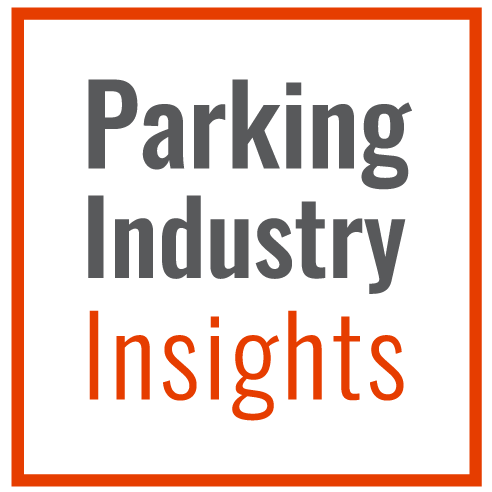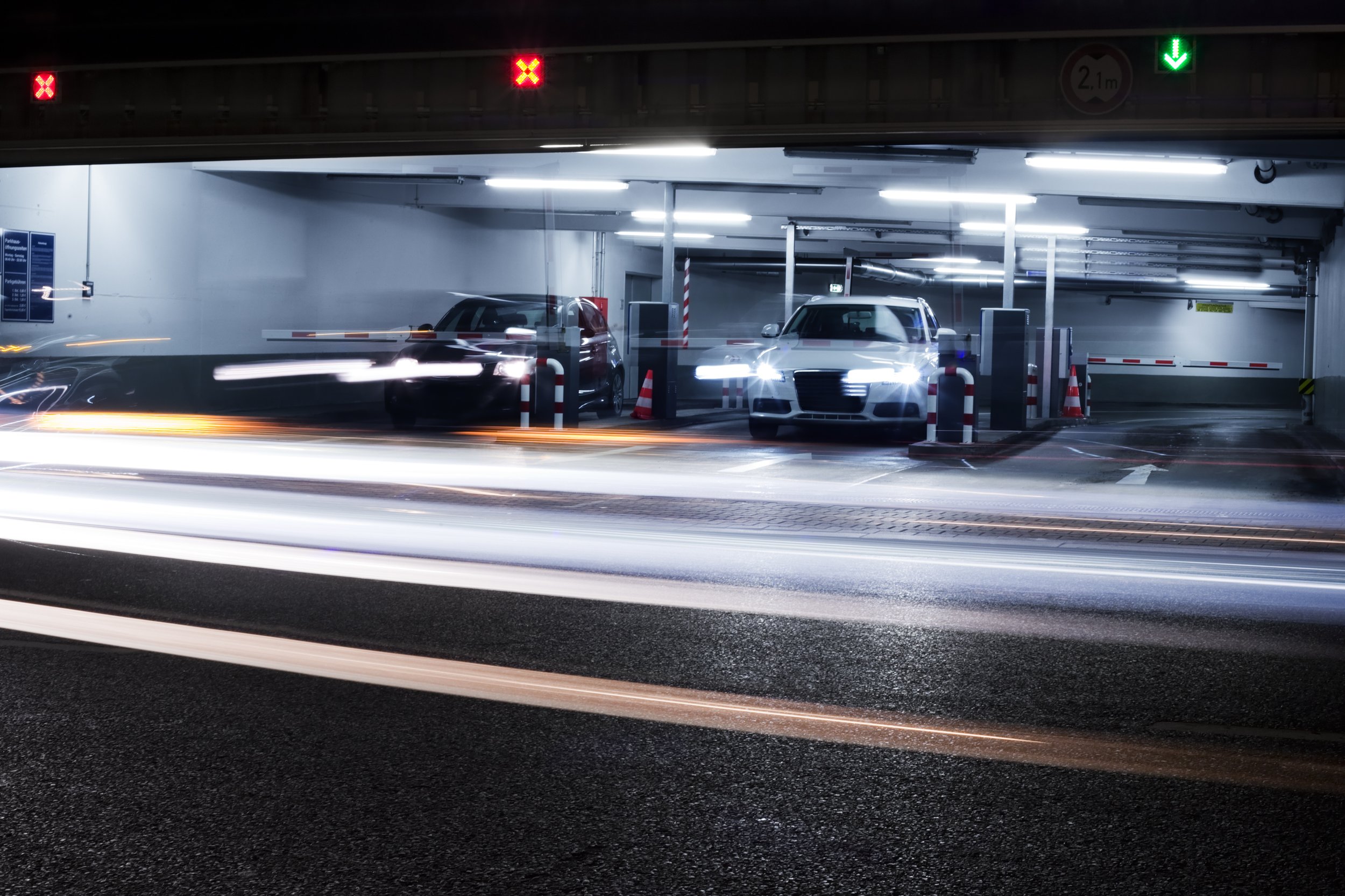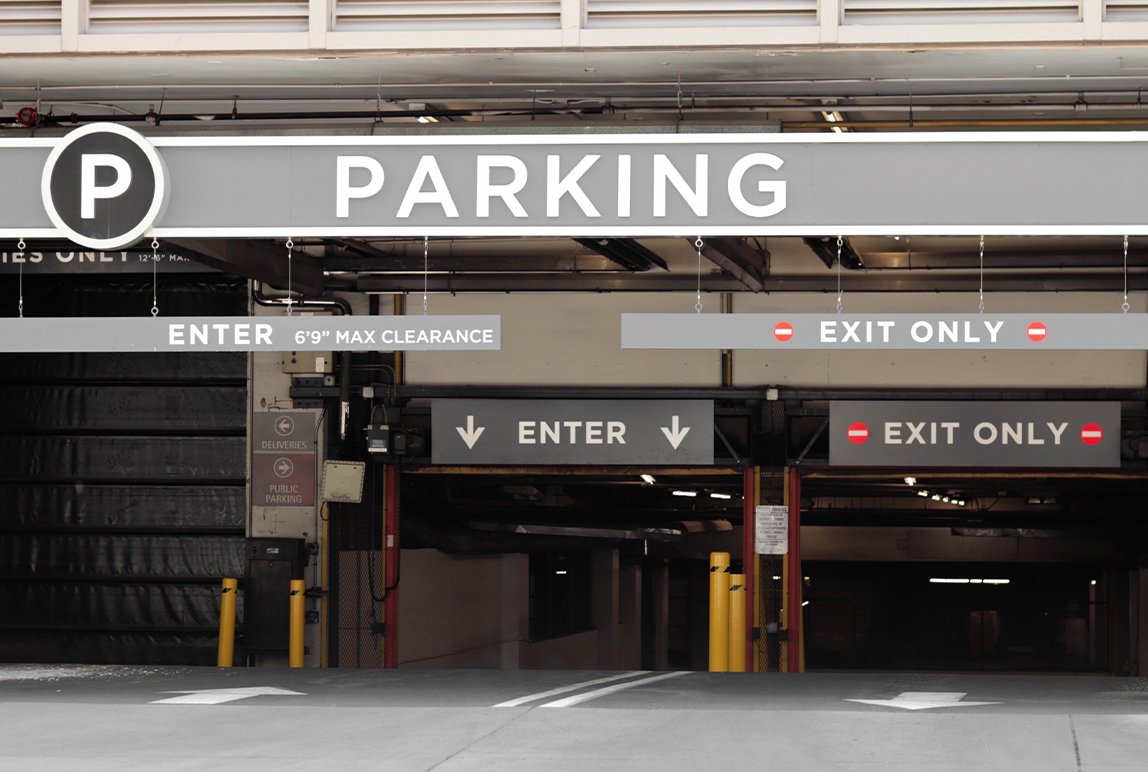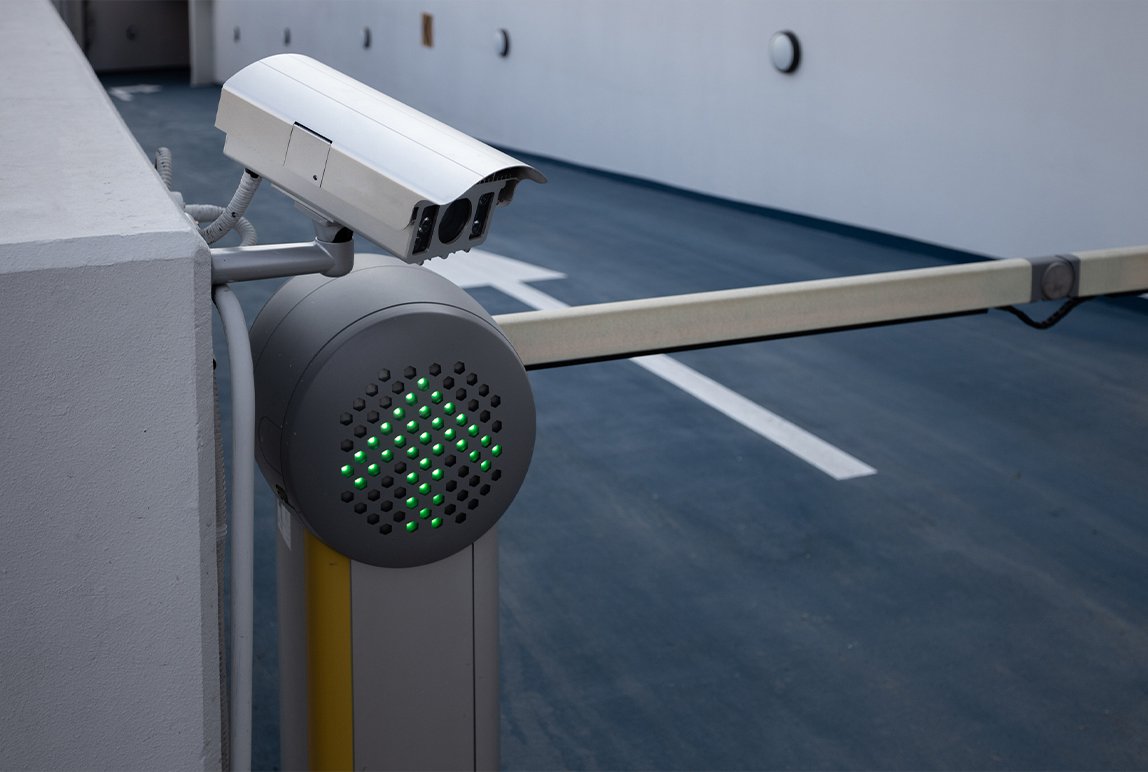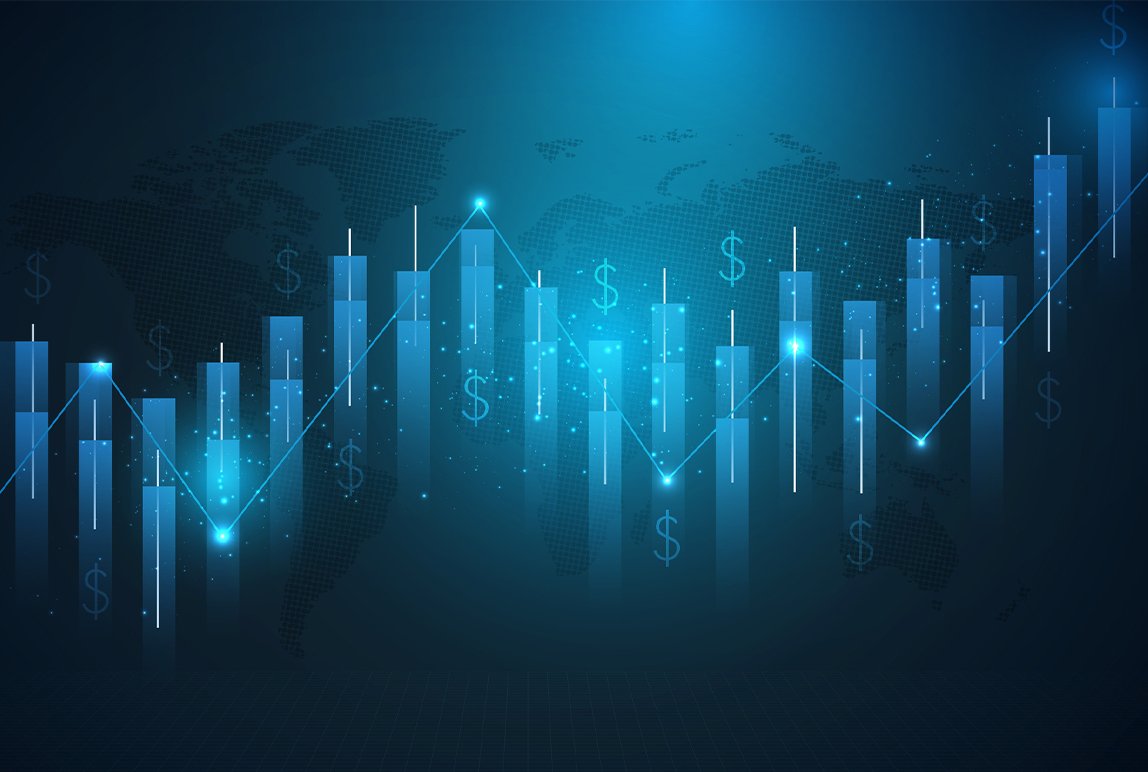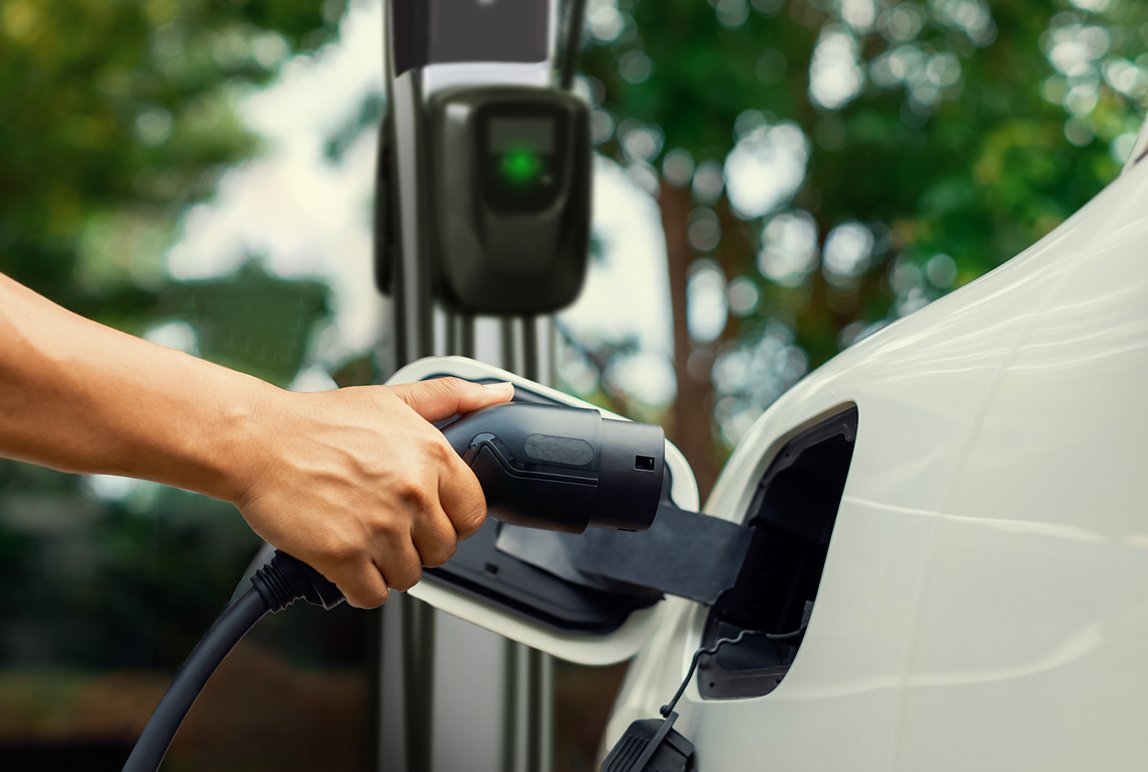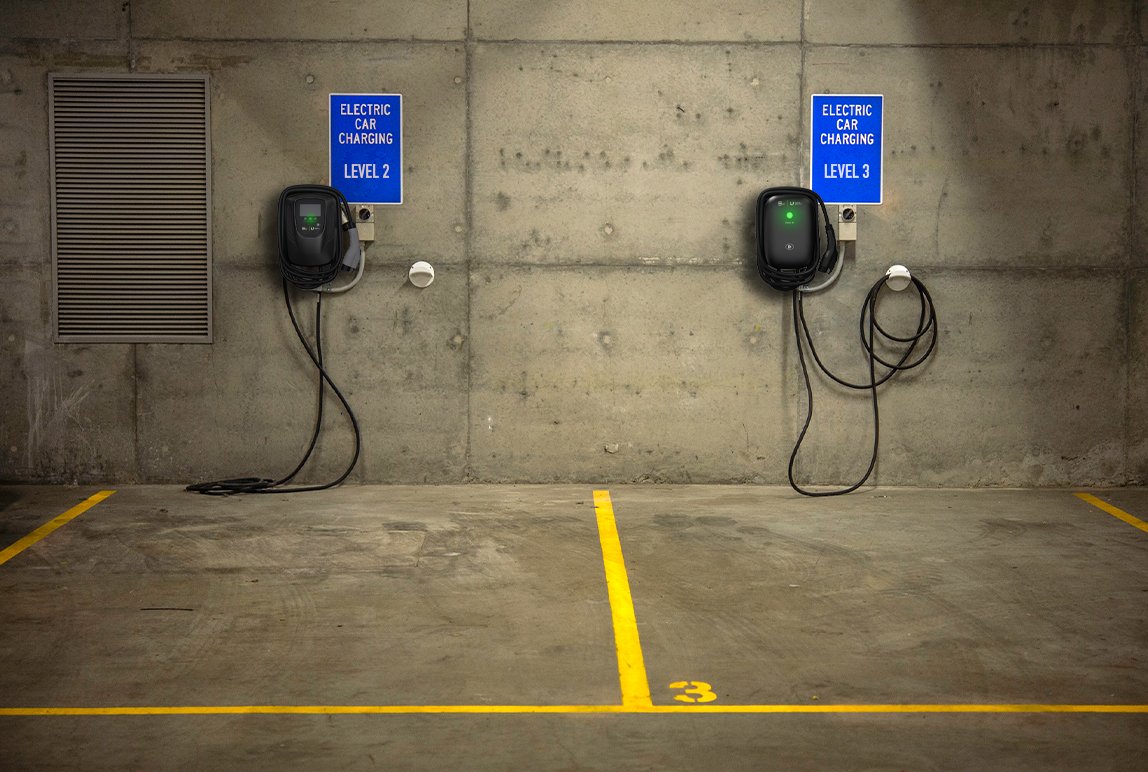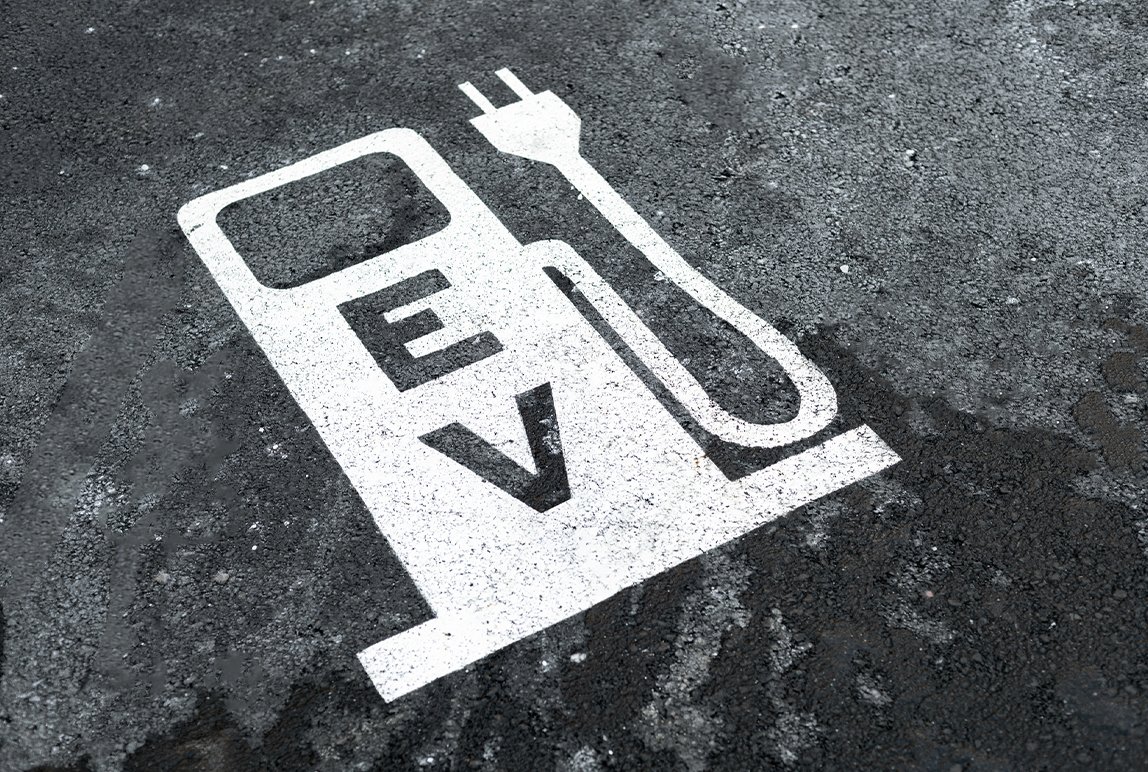8 Reasons Why LPR Needs to Make its Way into Your Parking Program’s Budget
Originally Posted: Oct, 26, 2021 Updated On: Mar, 14, 2025 • 9 min read
The parking and mobility industry is rapidly changing. Gone are the days of retrieving a physical ticket to get in and out of a facility. Today, frictionless solutions are on the rise, allowing customers to get from point A to Z with little to no physical touchpoints. As we move beyond standard parking systems and into the future of parking experiences, it is time for organizations to consider frictionless solutions that will mitigate risk while creating a seamless journey. The first step? Integrating license plate recognition (LPR) technology into your parking infrastructure.
So, what is LPR, and why is it essential in your parking facility? LPR technology is an innovative solution for effective parking management. It is a powerful tool that fosters secure and automatic access control, streamlines parking enforcement, and provides valuable data insights for optimizing operations—all while using a vehicle license plate as a credential.
The technology has various use cases for gated, metered, and operations with no equipment whatsoever, delivering enhanced customer experiences and innovative business intelligence. As LPR requires significant investment from both a resource and budgetary standpoint, below are eight proven facts that will help secure stakeholder buy-in for LPR in your parking program’s fiscal budget.
1. LPR fuels frictionless parking access and control.
LPR technology creates efficient and user-friendly experiences by eliminating interaction with parking equipment by scanning license plates in real-time to permit automatic access to the facility.
In a gated parking facility, access is controlled with a fixed LPR device (either wall-mounted or in an enclosed cabinet) installed at each entry and exit lane. When vehicles approach the gate, their license plate is detected, read and approved for access. Gates automatically open once the LPR camera records and stores the following information: license plate number and image, entry time and rate, and in some cases, the make, model and colour of the vehicle. Once the vehicle enters the lot, the parking transaction begins.
Non-gated or metered facilities can also use LPR technology to monitor vehicles, enhance enforcement, and enable seamless entry and exit. When integrated with a Pay-by-License-Plate parking system, LPR can verify real-time parking sessions paid for at a meter or via a mobile parking platform. LPR technology can be useful to ensure compliance at parking facilities with no equipment or enforcement-only lots. Mobile payment platforms enable efficient payments, which mobile LPR units can verify.
Whether visitors choose to pay onsite via a mobile parking platform, at a physical pay station or pay in advance online or via a mobile app, the LPR system searches its database for license plate, entry time, validation or reservation type to calculate the fee due and verify authorized access.
2. LPR enhances your security program.
LPR contributes to the overall security of your parking facility through enhanced access control, allowing only authorized vehicles to enter. When integrated with video surveillance, real-time monitoring is enabled, and security measures are strengthened.
LPR technology can configure security notifications and control access with comprehensive lists, such as access lists, block lists, or notification lists. Access lists can include permit holders, staff members, reserved parking, VIP guests, or contractors, while block lists include visitors who are not permitted to enter the lot. Notification lists can be configured to notify parking facility operators of unauthorized vehicles in the lot.
3. LPR empowers greater parking enforcement accuracy.
LPR technology enables real-time monitoring to detect unauthorized vehicles and generate automatic violation notices. In non-gated parking lots, LPR devices can be situated at the entry and exit of the parking lot or mounted on enforcement vehicles to verify valid parking sessions. These systems can be paired with Pay-by-License Plate parking meters, mobile payment apps, or mobile scan-to-pay platforms. LPR's ability to record and associate the license plate and an image of the vehicle with a violation notice improves patrolling accuracy and reduces dispute rates. LPR enforcement technology does all the heavy lifting.
4. LPR stimulates hands-free permits, reservations and validations.
With the rise of flexible and digital permit options, your facility must be equipped with parking technology that will meet these unique needs. LPR technology works with permit software to read and process parking permit and reservation qualifications by comparing license plates to an active database.
In this case, the license plate is the access credential, replacing physical or digital permits. In gated parking lots, a fixed in-lane LPR camera authorizes the license plate and the gates automatically open. In non-gated parking lots, enforcement officers quickly verify permits or reservations using a handheld or in-vehicle LPR-based enforcement technology. LPR simplifies parking for permit holders and reservations while ensuring only authorized vehicles can access the lot.
5. LPR provides smarter business intelligence.
The key to running a successful parking operation? Understanding the activity and trends at your facility. LPR technology provides the ultimate combination of real-time insights, live control, data visualization, and reporting to make data-driven decisions for effective parking management.
Understanding where and when your customers park, including frequency, duration, and peaks days and time, enables facility managers to identify areas for improvement and adjust strategies to optimize operations. By leveraging the data insights collected by LPR technology, you can continuously enhance the overall parking experience for your customers while maximizing revenue.
Being integrated with a cloud-based management platform will provide direct access to comprehensive reports, which can be used to inform your pricing strategy and patrolling schedules.
6. LPR enables dynamic pricing models.
With LPR technology, parking operators can make more intelligent decisions to manage their parking facility and set rate structures that maximize revenue. Dynamic pricing models fueled by LPR technology adjust parking rates based on demand, events, or increased traffic. A real-time understanding of your facility's activity and trends, including frequency, duration, and peak days and times, can help you accurately manage your pricing strategy and set optimal rates.
7. LPR connects your parking facility with last-mile logistics.
LPR technology can be integrated with various last-mile logistics, ensuring you are a part of the customer journey every step of the way. Whether it's booking an electric vehicle charging station, car care service, or services beyond the parking lot such as restaurant or Amazon locker service, LPR enables easy organization of the services and costs associated with them using only the customer’s license plate.
8. LPR nurtures loyalty programs.
LPR systems can encourage parking through loyalty programs using the license plate as the credential. Promotional offers can be designated to visitors who meet specific criteria, such as the make and model of their car, or behaviour, such as days, quantity, or duration of parking at your facility.
LPR technology enhances operational efficiency while creating a seamless parking experience. As the parking industry continues its shift toward frictionless experiences, LPR should be a key consideration when developing your parking budget.
References
Business intelligence for parking - precise ParkLink: Parking management services. Precise ParkLink | Parking Management Services. (n.d.). Retrieved September 21, 2021, from https://www.preciseparklink.com/ps-parking-business-intelligence.
Duggan, T. (2025, March 11). Parking 101: 3 use cases for license plate recognition you need to know about - precise ParkLink: Parking management services. Precise ParkLink | Parking Management Services. https://www.preciseparklink.com/news/parking-101-3-use-cases-for-license-plate-recognition-you-need-to-know-about
Bansal, J. (2025, March 4). 7 reasons to invest in license plate recognition for your parking facility - precise ParkLink: Parking management services. Precise ParkLink | Parking Management Services. https://www.preciseparklink.com/news/7-reasons-to-invest-in-license-plate-recognition-for-your-parking-facility
License plate recognition - precise ParkLink: Parking management services. Precise ParkLink | Parking Management Services. (n.d.). Retrieved September 21, 2021, from https://www.preciseparklink.com/ps-license-plate-recognition-parking-technology.
Share Article:
Featured Articles
ABOUT THE AUTHOR
Abhadesh Sharma
Manager, Engineering, P.Eng., PMP
Abhadesh is a professional engineer licensed by the Professional Engineers of Ontario as well as a project management professional accredited by the Project Management Institute. Since graduating from Goa University in 2004 with a Bachelor of Engineering, he has gained over 15 years of experience in electrical and electronics engineering, project management, product testing, and development. Abhadesh joined Precise ParkLink in 2010 to become an original member of our Research & Development team.
Questions?
Fill out the form below and we will do our best to connect you with a suitable contact.
